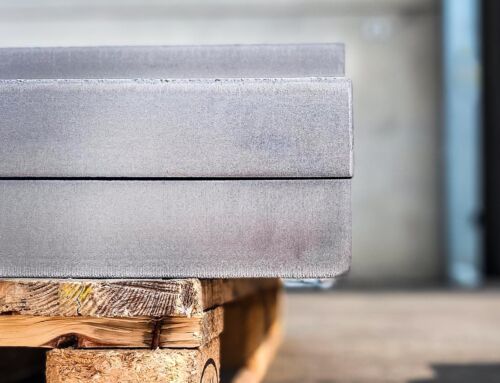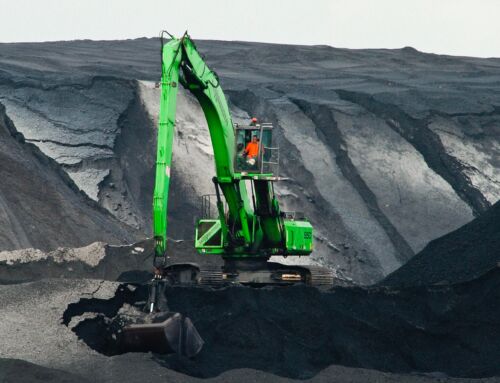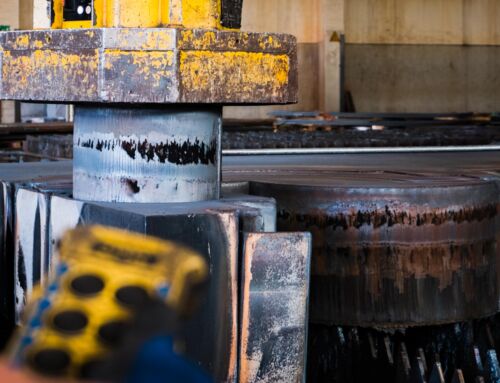Sidertaglio Lamiere Srl specializes in cutting huge thicknesses, up to 650 mm. The sheets, available from stock, at our warehouses are a product derived from the ingot. It was said that the production of flat sheets takes place through plastic deformation of the steel semi-product known as slab. The current record as regards the thickness of the rolling slab is 500 mm, obtained by continuous casting. How can we obtain a flat sheet of 650 mm starting from a 500 slab? The answer is simple, we can’t. The ideal of reducing the thickness of the slab during lamination is 1 to 3.
A 300 mm slab should be used to obtain a 100 mm but it is true that the technology in the steel mill has evolved. Today the post-casting production allows, through the laddle furnace and the vacuum degassing, to obtain slabs of the highest quality that allow to “break through” the aforementioned “tradition” relating to rolling. Anyway a slab can be reduced in thickness instead it is impossible to increase it during rolling. We must obtain these huge thicknesses from another semi-product known with the name of ingot. The steel maker pours the liquid steel after having fine-tuned the chemistry, in ingot molds and after the liquid steel has cooled, it extracts the semi-finished product from the mold.
After verifying its goodness, the ingot is introduced into the preheating furnace to bring it to the right rolling temperature. The rolling does not take place immediately, before the ingot is passed one or more times under a press to reduce its thickness (there are ingots with a thickness well over 1500 mm and weights that reach several tens of tons if not hundreds of tons) and give it a shape which subsequently allows to obtain the sheet in order. After the pressing and geometric deformation operation on various axes, the ingot will return to the furnace to be subsequently laminated as a slab. A 650 mm is generally obtained from ingots that have thicknesses up to and over 1800 mm.
Once rolled, our sheet will be headed and trimmed , checked and sent to the normalization heat treatment in the furnace (it is impossible to obtain the right mechanical characteristics with temperature controlled rolling). US inspection to ensure internal health and mechanical testing are the last production steps, after which our rolled forged can be shipped to the customer. Our huge thicknesses are all 3.1 certified and normalized in the furnace. If you think about the one written above, you will notice that the energy expenditure for the production of a 600 mm thick is a determining factor for the price and today, even more. One or more preheating in the furnace and the heat treatment in the furnace after rolling, the fact that the head and tail of the ingot become scrap, the longitudinal trimming that impacts in the production of scrap since we are talking about a 600 mm thickness, make the cost of raw material much higher than a 20 mm.
There is another product that has taken hold on the market and it is the lowered slab. You can find in our warehouses sheets up to thicknesses over 300 mm that have been obtained from slabs and not from ingots. These sheets are accompanied by the chemical analysis certificate 2.1. At the customer’s request we can carry out mechanical and ultrasonic tests to supplement the chemical analysis certificate. It is absolutely not a requalification but a certificate that accompanies that of the steel plant and which testifies the outcome of the required tests carried out by laboratories recognized by the regulations in force. Obviously, a lowered slab costs less than a rolled forged and all this is done with a view to offering customers a product that meets their real needs, be they qualitative or economic.
Understanding what the customer needs is fundamental for our company.







